Can you eat moss? You can eat moss that grows wild in forests, fields, and other natural places. However, only a handful of types of edible moss growth are safe enough for consumption. Many are very toxic and poisonous. Even edible moss have to undergo proper preparation to avoid illness. The world of moss and eating it is HUGE, so it’s best to start with identification.
This means you must be 300% sure of what you find. So, it’s imperative to get plenty of practice before experimenting with recipes. The list below contains the best and safest edible mosses, along with how to identify edible moss and prepare them.
Iceland moss
Iceland Moss has a pale chestnut color that can sometimes be a whitish-gray. It has a distinctive leafy appearance and is unlike any other moss.
This moss grows to around four inches high and has rolled or channelled branches. It will also have a flattened lobe with edges that look fringed at the branch tips.
Although very astringent and bitter-tasting, you can eat this raw. However, boiling it in white vinegar and baking soda will remove this. You can store it dry for years so long as it’s first boiled in lye water. Regardless, Iceland Moss can become a tea, part of a salad, or go into bread.
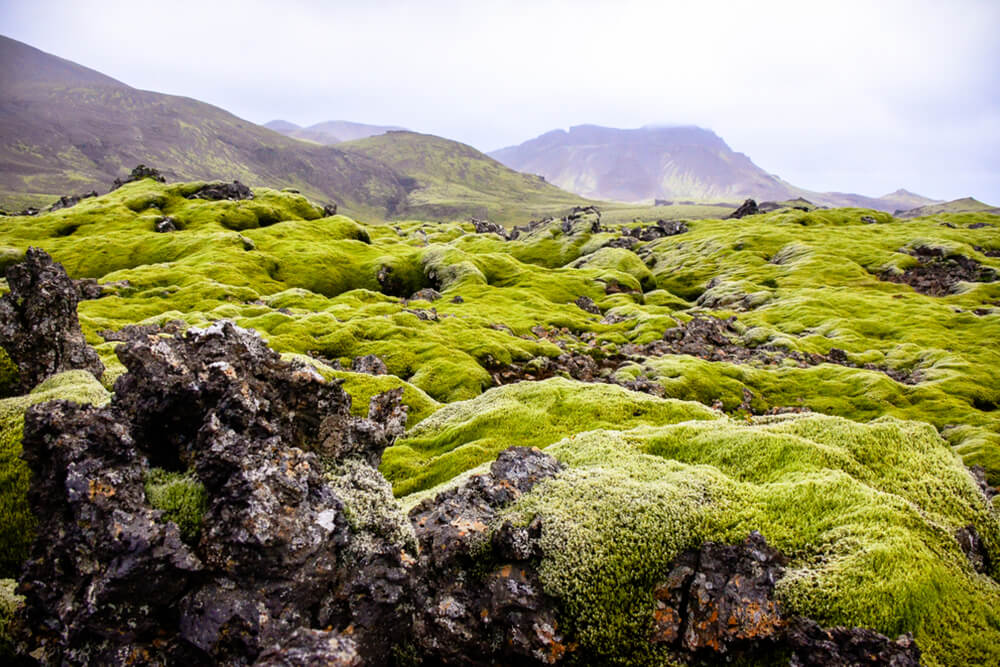
Oak moss
Oak Moss is both a lichen and a glittering wood moss with a distinct sage dark green to pale gray color that feels dry to the touch. When wet, it takes on a yellowish-green shade with a rubbery texture. The pointy branches grow between three and eight centimeters long.
But their body, called a Thallus, is very bushy, branched, and looks like deer antlers, growing in random large clumps. They’re found across the entire Northern Hemisphere. Oak Moss lives on the branches and bark of Oak trees, Cypress trees, Pine and Fir trees and spruce.
Oak Moss is a classic ingredient for the perfumes industry, but it can also help carry flavors within the food. It has a sweet yet delicate earthy aroma because of its acids. You can extract these for treating infections and wounds. It’s best to boil it in saltwater for at least five minutes.
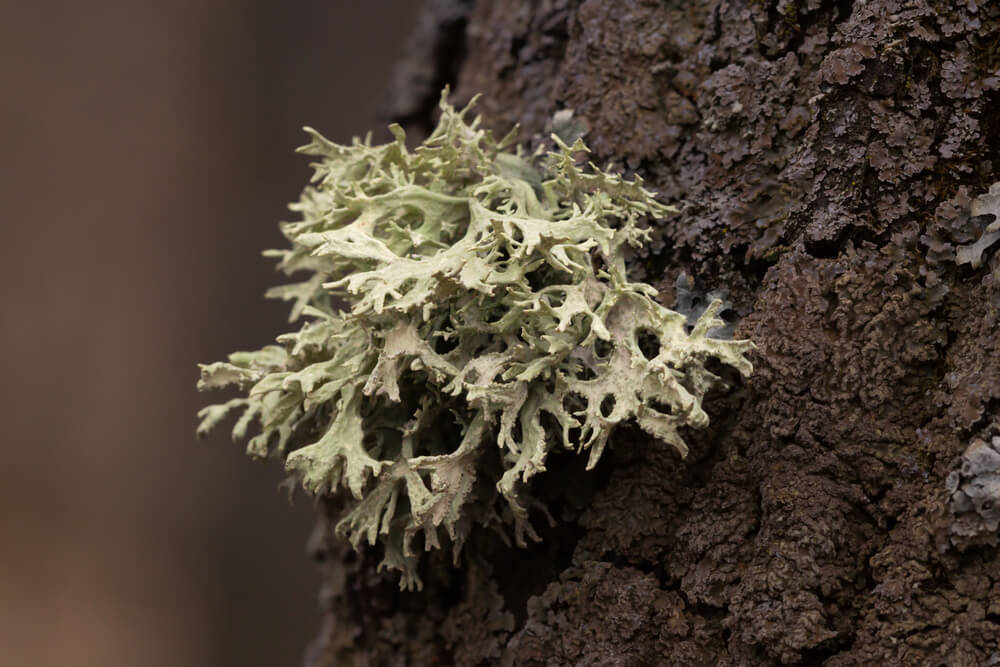
Reindeer moss
Reindeer Moss, sometimes known has deer or caribou moss is moss in appearance but is not technically a moss but rather a Lichen. Reinder moss is gray with many red-tipped branches. At a distance, these branches look like flowers.
They can grow up to an inch over thin soil layers or atop rocks. It can survive in tundra, desert, and forest environments and humid, dry, hot, and frigid conditions.
To eat reindeer moss raw or cooked, crush and boil until completely softened. You can make this part of a foraged salad with berries and nuts or drink it as a tea to treat kidney stones or diarrhoea. Avoid eating moss raw because they often contain rock dissolving solids that are inedible for humans.
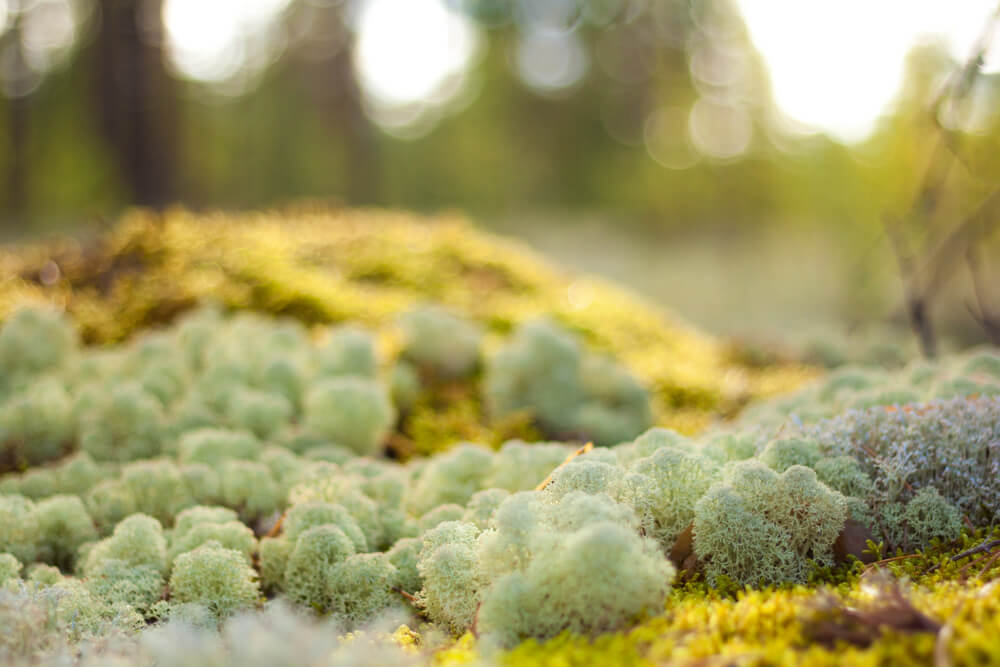
Rock tripe
As the name suggests, Rock Tripe inhabits the surfaces of rocks and forests, cliffs, and other moist areas.
Not only is it edible, but the original North and South America pioneers ate this moss as survival food. Rock Tripe has a circular and flat shape, which can be either covered in blisters or smooth.
Someone often affixes the centers to granite or non-calcareous rocks. It has a color that ranges between dark brown, black and gray. The underside will have a velvet-like texture and is darker. Rock Tripe has a leathery and rubbery texture but softens tremendously after cooking.
Never eat Rock Tripe raw as it can cause severe digestive issues and nausea. To eat it, cut off the darker velvety base. Then boil some water with a bit of white vinegar and baking soda.
Next, pan roast the moss with butter or oil until crisp and dry. Finally, boil the crispy dried pieces in water for an hour.
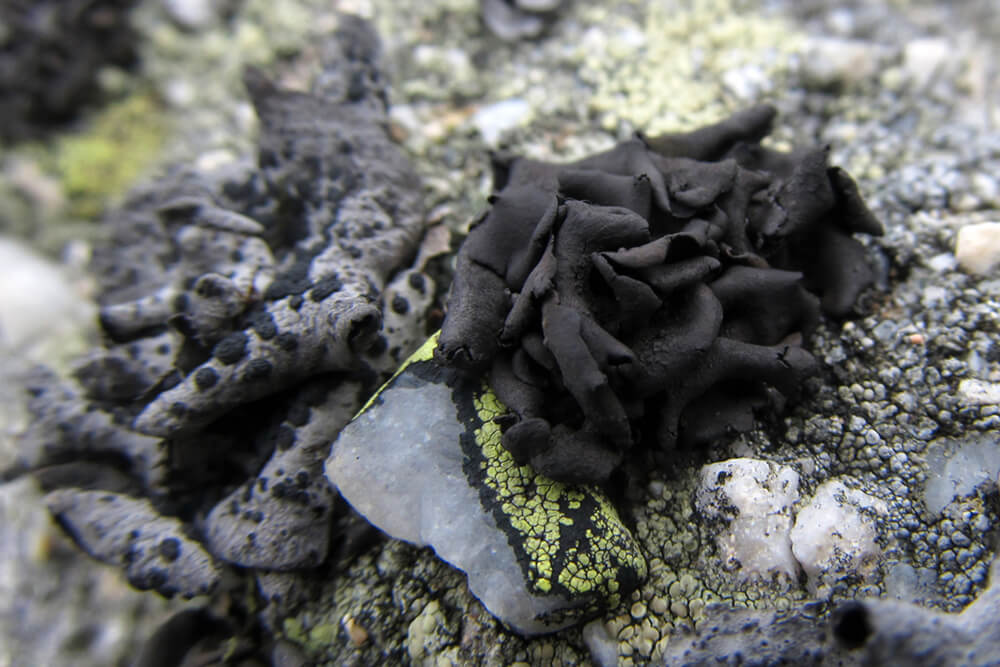
Spanish moss
Also known as “Beard Lichen,” Spanish Moss has slender, thin stems with scaled, curly leaves. These are about two to six centimeters long and grow in a specific chain-link way. They thrive best in humid, warm climates that are very sunny or partially shaded.
Although edible moss, there are hardly any calories or nutrition. However, it’s more useful as medicine than food. It helps new mothers with breast milk flow, eases the pains of childbirth, and treats epilepsy in infants. Plus, it can ease rheumatism, help manage glucose levels, and substitute for estrogen.
Because the branches and texture are tough, boiling is the best way to consume Spanish Moss. You can drink this as tea or use the water as a boiling base for soups. You can eat Spanish Moss in an emergency, but it’s not advisable.
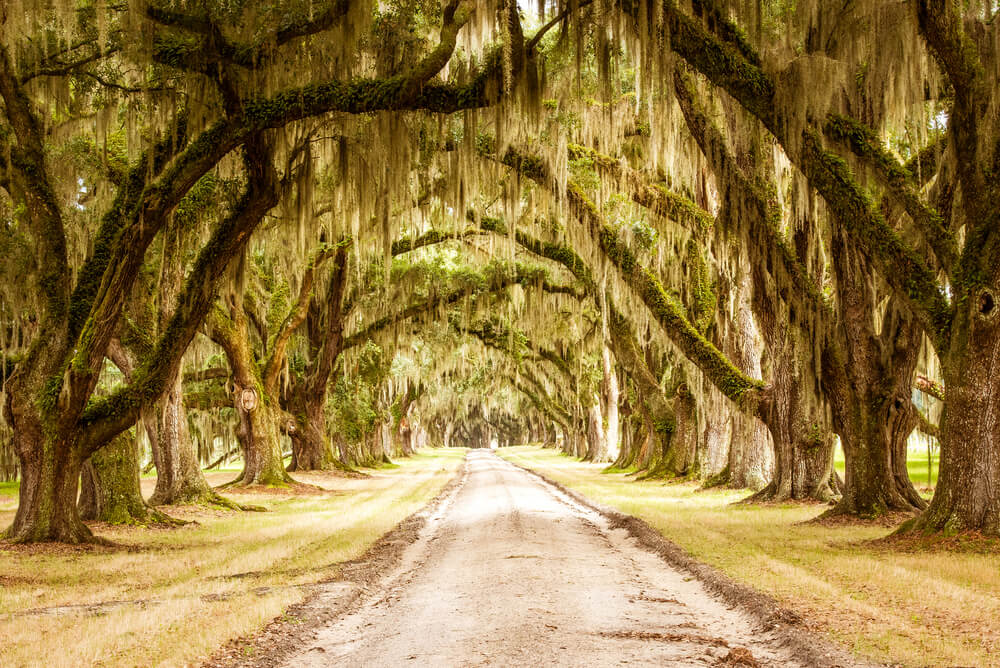
Sphagnum moss Peat moss
A moss with a spongy texture and water absorption capacity, Sphagum Moss, has been a trusted source of moisture for centuries. Otherwise known as Peat Moss, it combats dehydration by just squeezing a bunch in your mouth. This is desirable for gardening, making whiskey, and other practical uses around the house.
Their stems have a tight arrangement but sparse branch clusters with variable-sized, scattered leaves. Peat Moss makes an excellent substitute for flour or used as a ground meal, albeit with little nutritional value. But it can make a great filler to expand flour rations in an emergency.
Eating Sphagnum moss or Peat Moss has a bitter moss taste especially eaten raw. The only way to get rid of it is to boil it several times in freshwater. But it makes a great wound dressing since its acidity inhibits bacterial and fungal growth. It also treats acne, ringworm, and eczema. It can also treat water in place of chlorine.
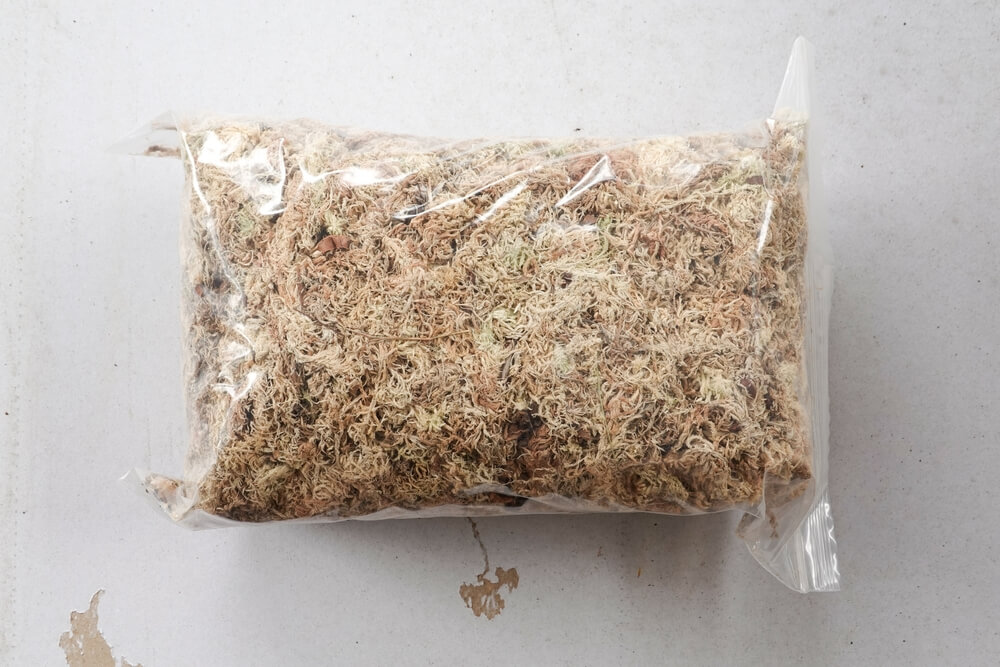
Conclusion
The mosses mentioned above only give a brief glimpse into the wide world eating moss, foraging, preparation, and cuisine. So can you eat moss? As you can see, moss is very edible, but only a handful is safe enough. Therefore, you must certainly be sure of the moss before cooking with it.







